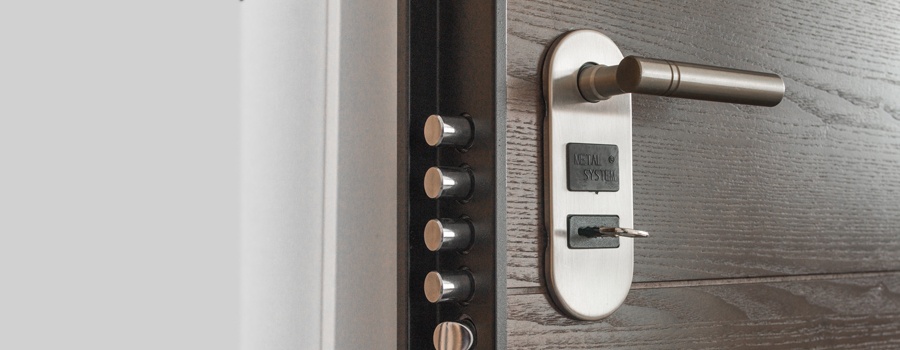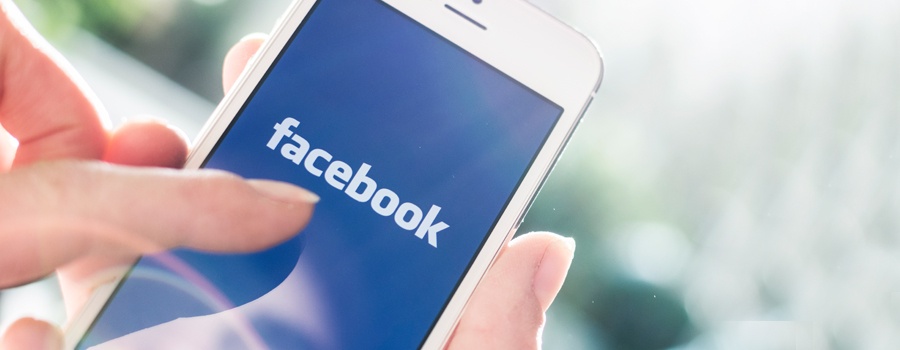Category: Technology
-

HHS Proposes New Rules to Improve Interoperability of EHI
Could new innovations in technology promote patient access and make no-cost health data exchange a reality for millions? The U.S. Department of Health and Human Services (HHS) has proposed new rules to support seamless and secure access, exchange and use of electronic health information. The rules, issued by the Centers for Medicare & Medicaid Services…
-

Are Your Electronic Devices Physically Secure?
In the age of electronic medical records and ransomware attacks, recent focus with regard to HIPAA compliance seems to be on electronic security. How are your electronic medical records stored? Do you require two-factor authentication to access your electronic system remotely? What firewalls and malware detection systems do you have in place to prevent a…
-

What Eight Things You Should Do to Protect Your Business from Cyber Threats
Cyber threats take many forms. The widespread WannaCry ransomware attack in May 2017 highlighted how computer files could be held hostage in return for payment, while the Dyn denial of service in October 2016 highlighted how websites like Airbnb and Twitter could be made inaccessible. Cyber threats are on the rise within the health care…
